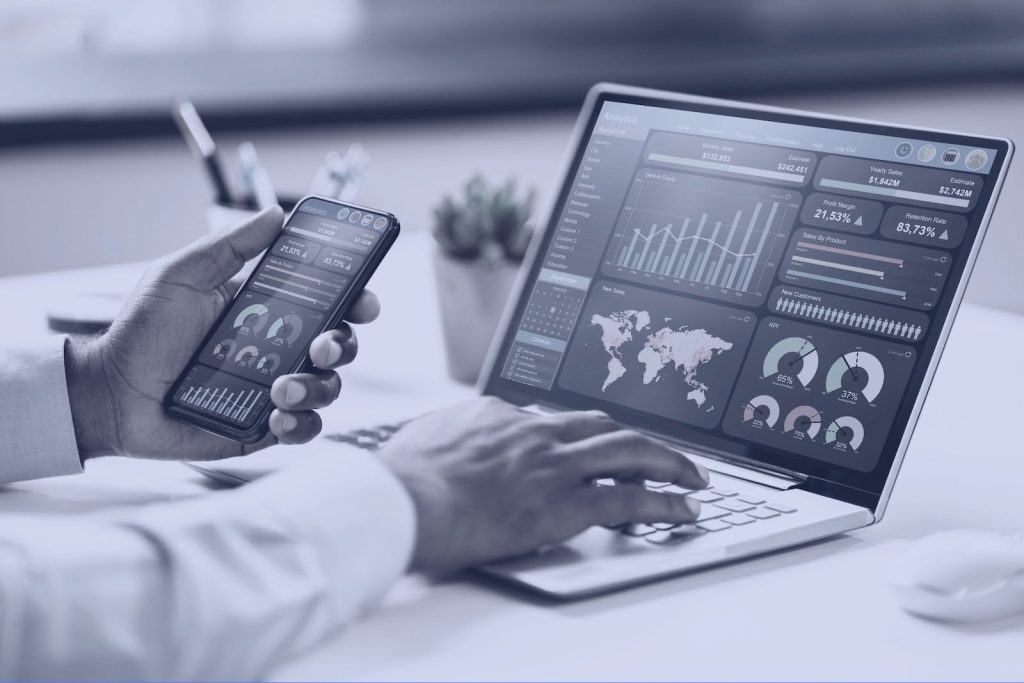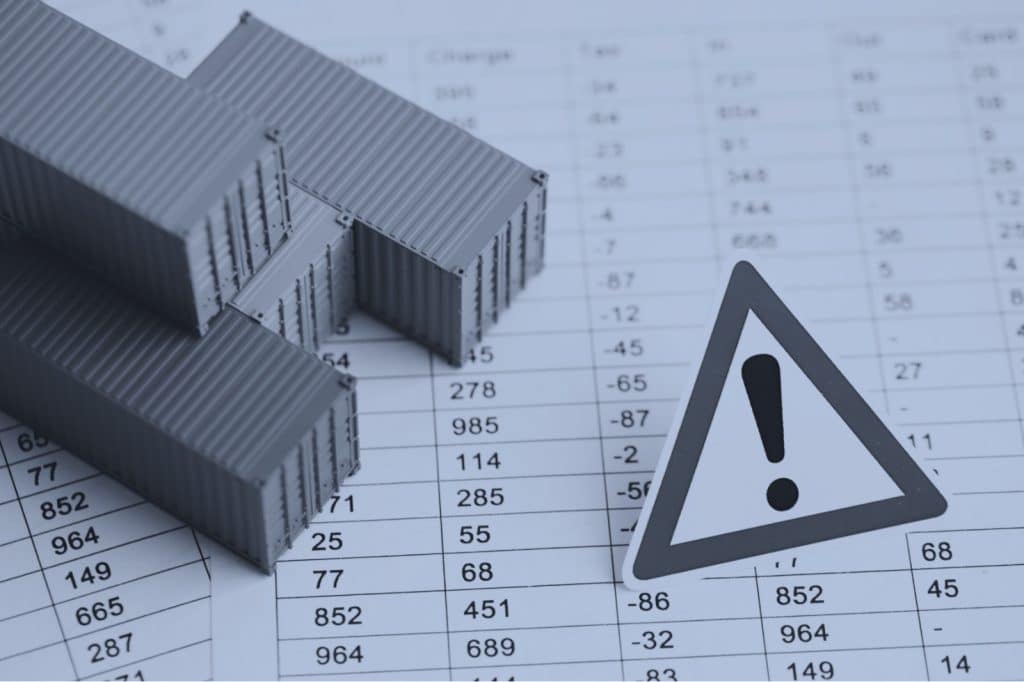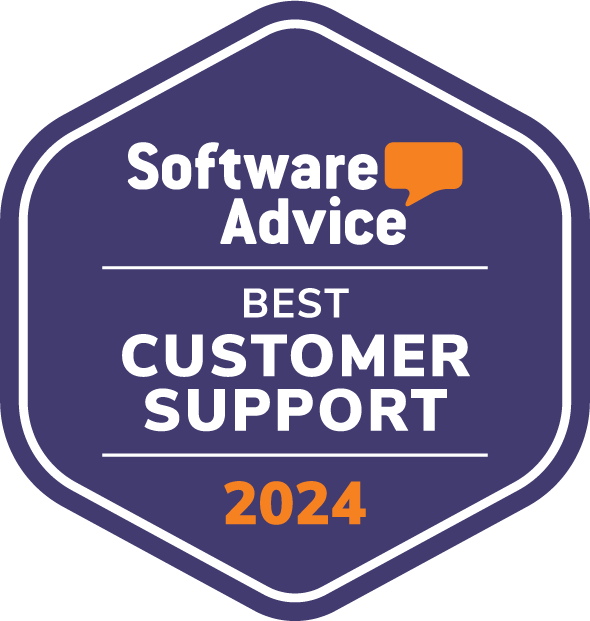It’s easy to get overwhelmed in the sea of data we encounter every day. Retailers are swamped with information relating to store visits, shopper insights, POS analytics, market trends, inventory management; the list is endless. And yet, as Sherlock Holmes once said, “It’s a capital mistake to theorize before one has data.”
The truth is data is one of the most powerful assets retailers have at their disposal in carrying out their pricing strategy. When used effectively, it directs resources, efforts, and the tactics that need to be deployed while implementing the strategy. Through data utilization, retailers can turn customer behavior, inventory levels and competitor pricing into powerful insights that increase sales.
Inventory Data
There are a few ways inventory data can turn into a powerful pricing driver. For starters, products that have a limited lifespan, such as perishables or seasonal products, can use inventory and historical data to find an ideal price point. High inventory levels at the end of the season or lifetime of the item would push prices down, while low inventory levels with time to spare could drive prices upward.
Inventory data is also valuable for sales teams trying to reach sales targets. A team that sets a goal to sell 1,000 units over a month might see that they are ahead of schedule or already met their sales quota. In that case, the team could decide to increase the price per unit of the remaining inventory, as they have already met their sales goals. Conversely, a team that is struggling to reach their targets could use inventory data to reduce prices.
As we get set to enter the holiday season, this data will become especially important during a time when many retailers are playing it conservatively with their inventory in response to the COVID-19 pandemic.
Customer Behavioral Data
Customer behavior is rich with actions, choices, and reactions made by customers in response to the information presented on screen. This rich dataset can be used in numerous ways to set prices and create valuable offers to customers.
One area where customer behavior data can be especially valuable is in bundling. By tracking the merchandise that customers buy together, retailers can create powerful incentive-laden bundles that drive both an increase in traffic and sales.
However, the beauty of customer data is that it can be applied to both the aggregate and individual customers. Savvy retailers (with privacy policies that allow it) maintain CRM records with lifetime purchase history. This data can be used to create compelling, personalized offers, and deployed to customers through loyalty program emails or other marketing programs.
Competitor Data
Some of the most challenging data for retailers to use is the rows and rows of competitor data that gets delivered to their email inbox throughout the course of the week. This data shows the prices of the market, but for many retailers the amount of data included is underutilized. They may make some decisions on top selling products, but most of the rows go unused.
This is another area where an effective data parsing tool can make a big difference across all products. The data contained in the rows provides the information you need to create a compelling offer to your customers. This doesn’t mean underselling your products to be the lowest price offer available.
It does mean understanding your brand’s place in the market in coordination with your pricing strategy to create the type of prices that will win over your customers.
Converting Data into Power Takes Tools
Getting the most out of data takes some pretty serious technology. You’re looking for an artificial intelligence-based system that can take data from all three of these sources, in addition to other types of data that are available and translate it into prices. However, the rewards for successfully turning data into power include increased revenues, higher profits, and the feeling that you have mastered the data.










